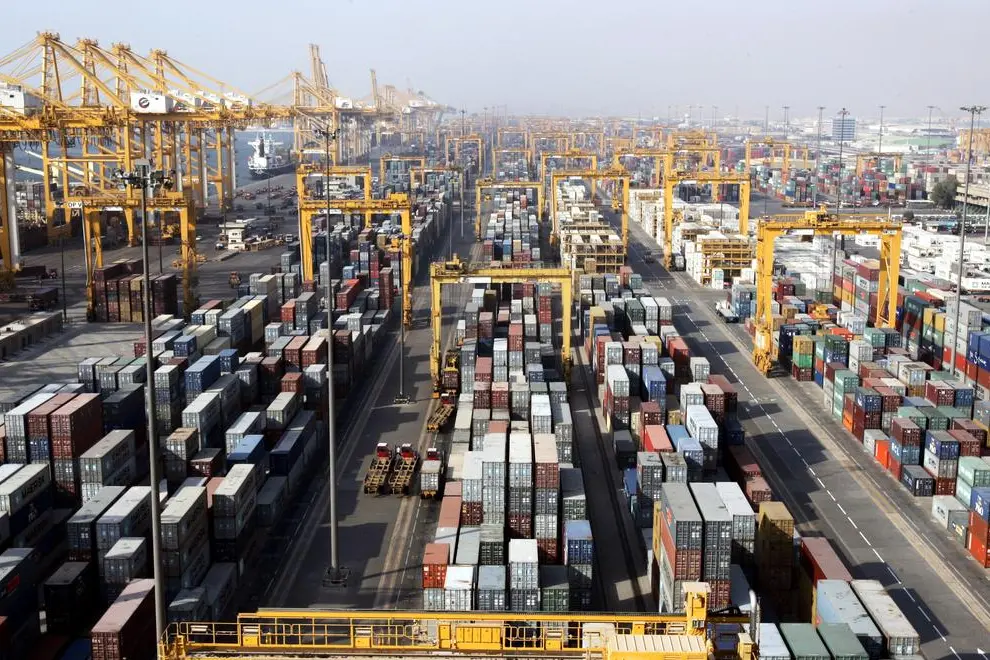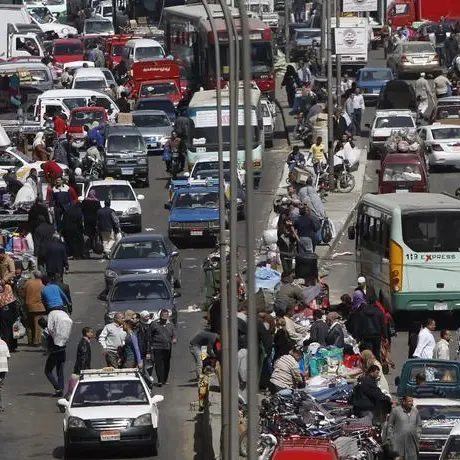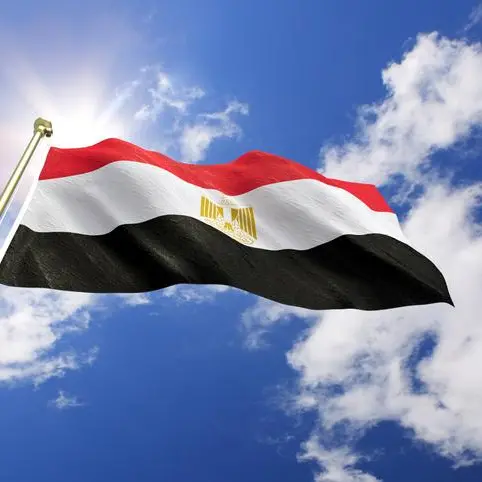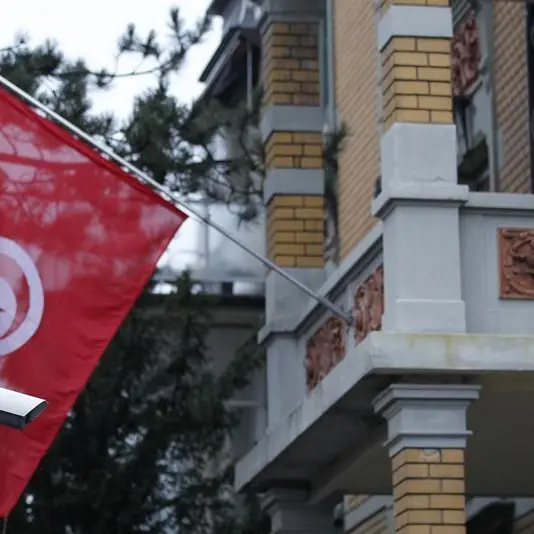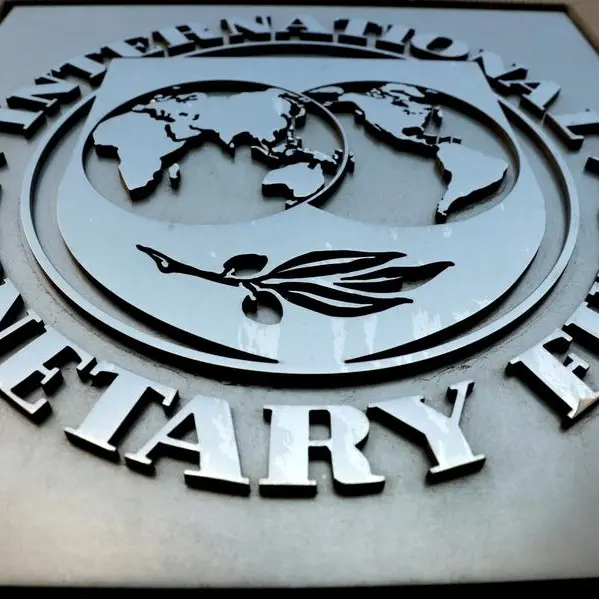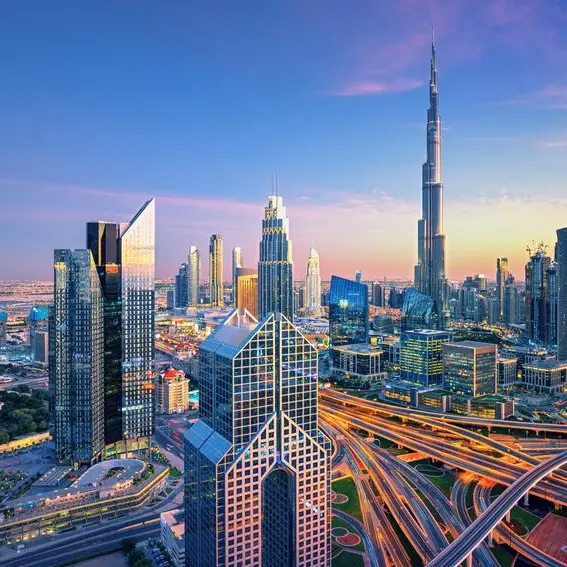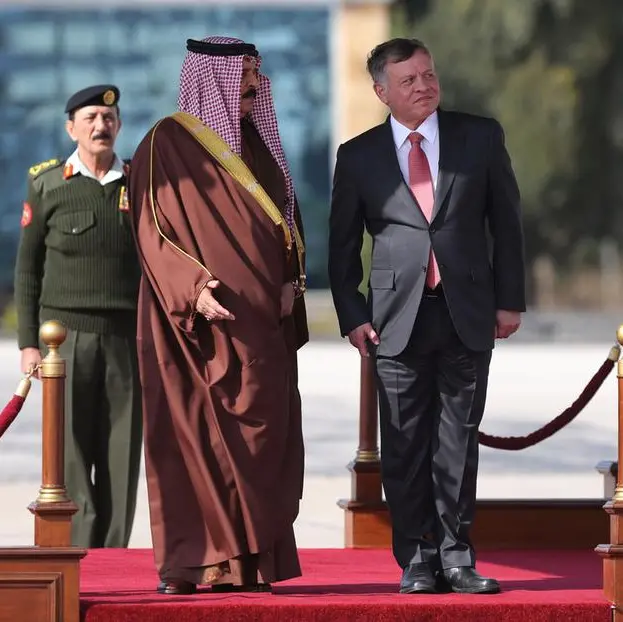PHOTO
Dubai’s non-oil foreign trade grew by 2 percent last year, with China, India, the United States and Saudi Arabia topping a list of the emirate’s biggest trading partners, the Dubai government’s media office said in a press release on Monday.
The emirate’s non-oil trade grew by 26 billion dirhams ($7.1 billion) to total 1.302 trillion dirhams in 2017, up from 1.276 trillion dirhams in 2016, the media office said. (Read the full report here).
“I always look to growth as a positive result, especially that there has been some headwinds globally recently,” Hazem Galal, United Arab Emirates-based partner in consultancy firm Pwc, told Zawya.
The U.S. administration is said to be working on tariffs against Chinese information technology, telecoms and consumer products and 45 U.S. trade associations, including some of the largest companies in the country, have urging President Donald Trump to halt his plans, warning it would harm the U.S. economy and consumers, Reuters reported on Monday. Trump had earlier said he plans to impose import tariffs of 25 percent on steel and 10 percent for aluminum on all countries except Canada and Mexico.
Dubai is one of the seven emirates making up the United Arab Emirates, the largest and wealthiest of which is Abu Dhabi. The UAE’s economy, like many other countries in the Gulf Cooperation Council (GCC), was badly hit when oil prices began to fall in 2014. However oil prices have risen over the past year and the market is showing strong signs of a gradual improvement.
“Dubai has been keen to increase trade and boost tourism and it is on track to continue doing so,” Galal added.
The International Monetary Fund (IMF) forecast that the UAE’s non-oil growth will increase to 2.8 percent this year, compared to 1.9 percent last year, according to Reuters.
According to the government statement, China was Dubai’s biggest trading partner in 2017, representing 13.6 percent of the emirate’s non-oil foreign trade, followed by India (7.6 percent) and the United States (6.5 percent). Saudi Arabia was ranked fourth and was the emirate’s biggest trading partner within the GCC, accounting for 4.5 percent of foreign trade last year.
The UAE’s imports from China stood at $22.42 million in 2016, down from $22.85 million in 2015, while the emirate’s exports to China totalled $3.66 million during the same period, up from $2.51 million in 2015, according to the most recent statistics posted on Trade Map, a trade statistics site developed by the International Trade Centre. Electrical machinery and equipment topped the list of the traded goods between the two states.
According to Trade Map, the UAE’s imports from India stood at $18.67 million in 2016, up from $17.86 million in 2015, while the UAE’s exports to India increased to $11.26 million in 2016, up from $10.57 million in 2015. The UAE’s imports from the U.S. stood at $20.59 million in 2016, up from $19.33 million in 2015.
The UAE’s exports to the U.S. was $3.46 million in 2016, up from $2.50 million the previous year. The UAE’s imports from Saudi Arabia stood at $4.47 million in 2016, up from $3.95 million in 2015. The UAE’s exports to Saudi Arabia were $4.76 million in 2016, down from $6.59 million the previous year.
Further Reading:
- Latin gateway: Dubai to launch trade office in Panama
- UAE, Saudi Arabia key trade markets for Latin America
- Dubai's non-oil foreign trade reached $347.4bln in 2016
(Writing by Yasmine Saleh; Editing by Shane McGinley)
(yasmine.saleh@thomsonreuters.com)
Our Standards: The Thomson Reuters Trust Principles
Disclaimer: This article is provided for informational purposes only. The content does not provide tax, legal or investment advice or opinion regarding the suitability, value or profitability of any particular security, portfolio or investment strategy. Read our full disclaimer policy here.
© ZAWYA 2018
